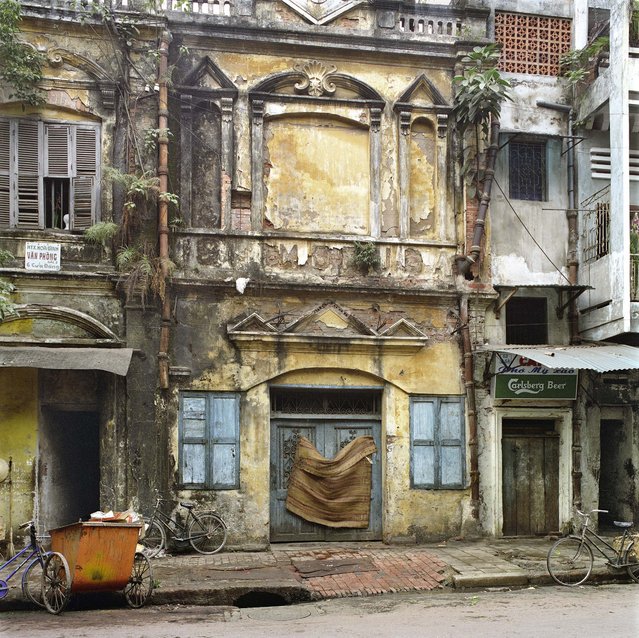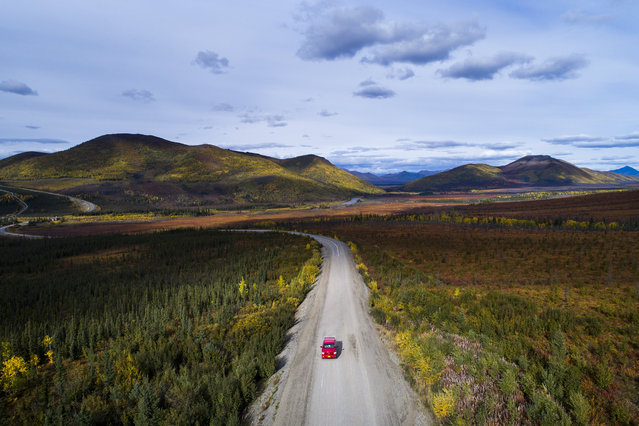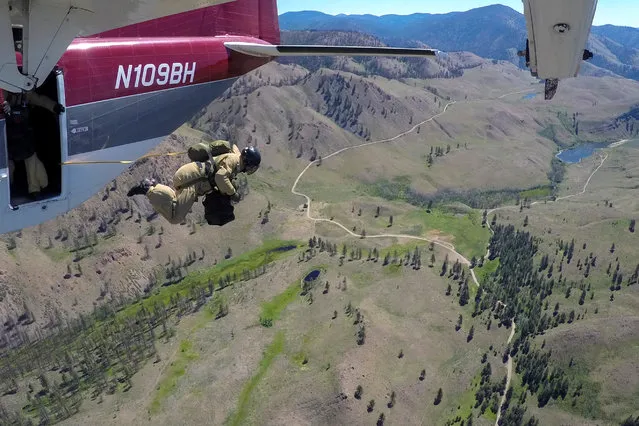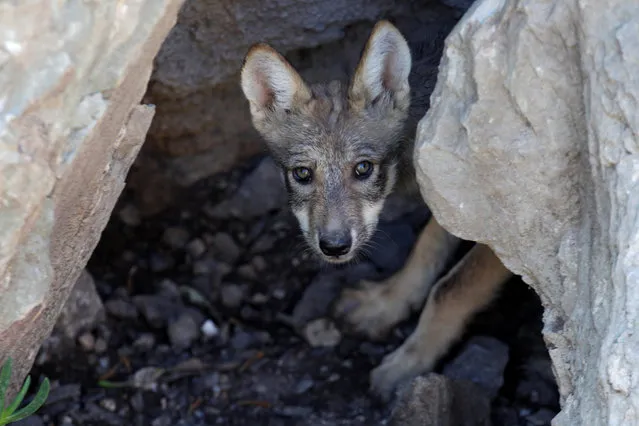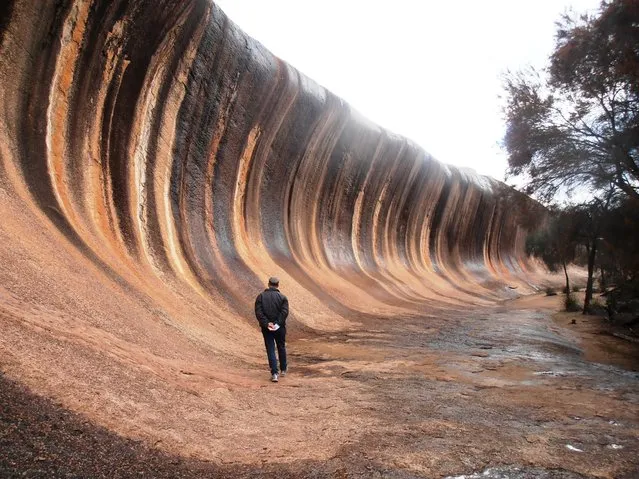
Dave Zdanowicz, a prominent landscape photographer from the north of England, here shares his favourite shots from this year. This series brings together photos from January to last month, displaying the fine range of English seasons he has documented. Here: Misty sunrise at Winnat's Pass, Derbyshire on August 26, 2016. (Photo by Dave Zdanowicz/Rex Features/Shutterstock)
21 Dec 2016 10:18:00,post received
0 comments

